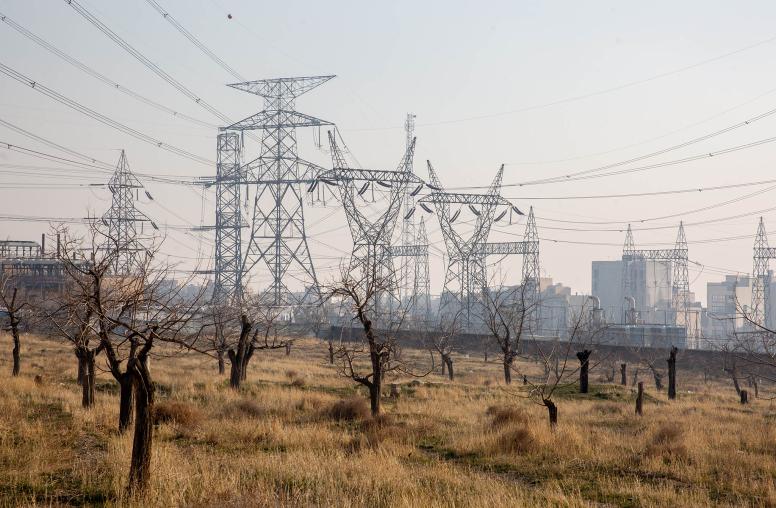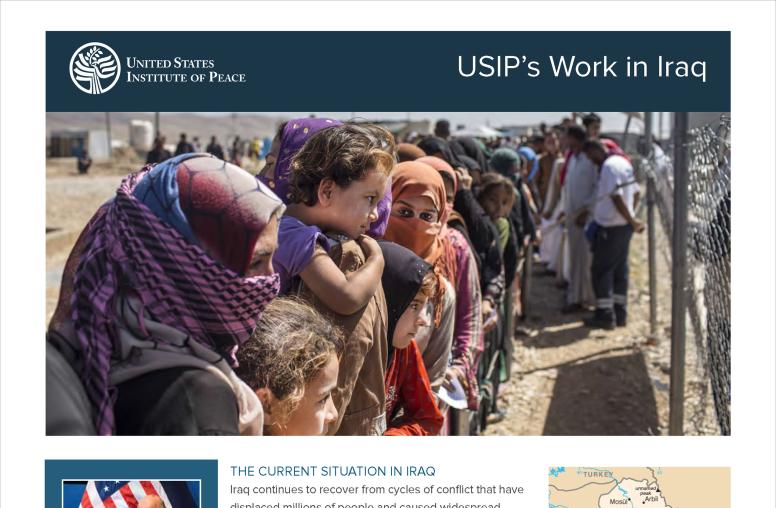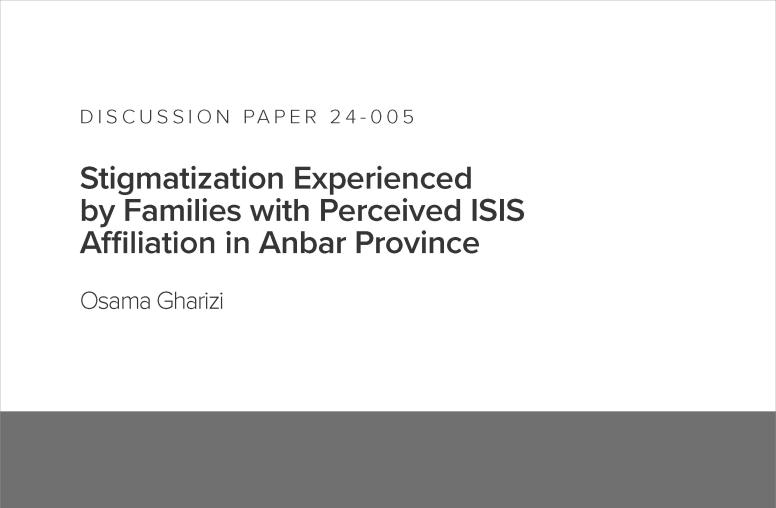Sunni-Shia Relations After the Iraq War
The Peace Brief, “Sunni-Shia Relations After the Iraq War,” looks at the Iraq war’s impact on sectarian identities and the structure of Sunni-Shia relations. It is one of a five-part series about sectarianism in the Middle East.
Summary
- In Iraq, as elsewhere in the Middle East, the social, political, and technological changes of the 21st century are giving birth to a new sectarian landscape.
- The three most consequential drivers behind the change in sectarian relations have been the political change in Iraq of 2003; the near simultaneous spread of new media and social networking in the Arab world; and – perhaps as a consequence of the first two – the ongoing search for alternatives to familiar but moribund forms of authoritarianism, as demonstrated most dramatically by the “Arab Spring.”
- 2003 highlighted the uncomfortable fact that there were multiple, indeed contradictory, visions of what it meant to be an Iraqi and by extension what it meant to be a part of the Arab world.
- New media, social networking, user-generated websites, and private satellite channels helped to make Iraq’s accelerated sectarianization contagious.
- The mainstreaming of sectarian polemics has increased the relevance of religious, doctrinal, and dogmatic differences in views regarding the sectarian “other,” a particularly dangerous development.
About This Brief
Fanar Haddad is a research fellow at the Middle East Institute, National University of Singapore. He previously lectured in modern Middle Eastern politics at the University of Exeter and at Queen Mary, University of London. His main research interests are identity, historical memory, nationalism, communal conflict and minority politics. He is the author of Sectarianism in Iraq: Antagonistic Visions of Unity (Hurst/Columbia University Press, 2011). This USIP Peace brief is one in a five-part series on sectarianism in the Middle East.



